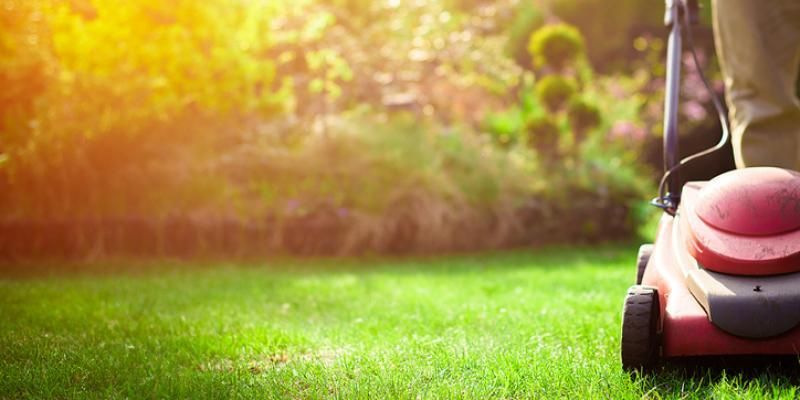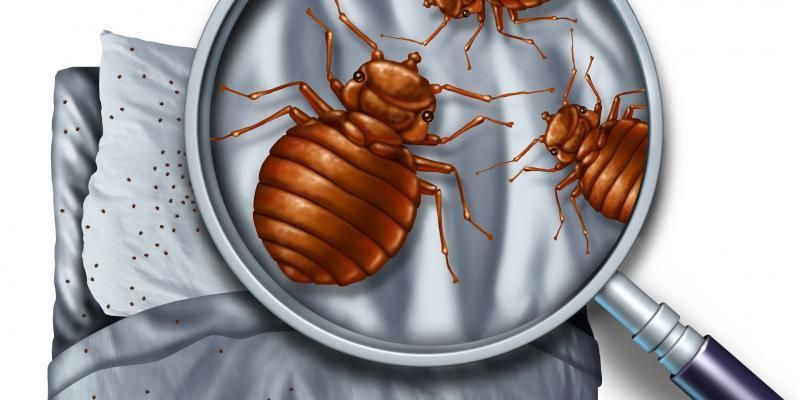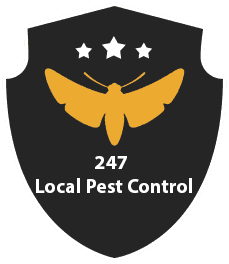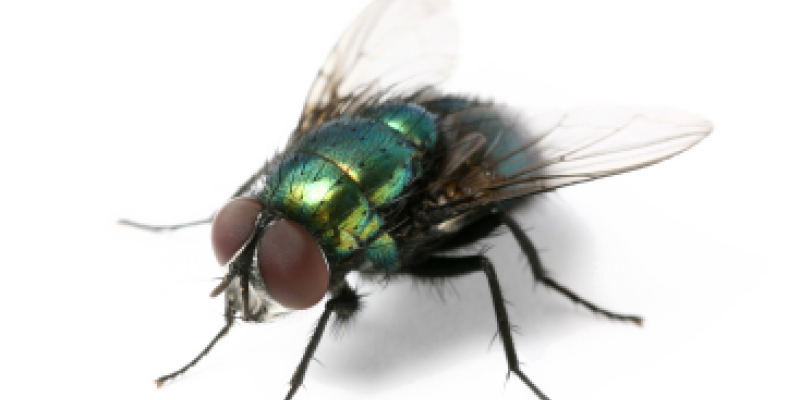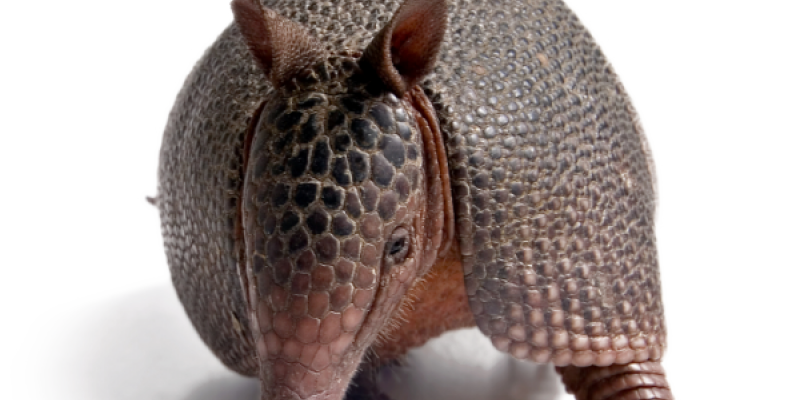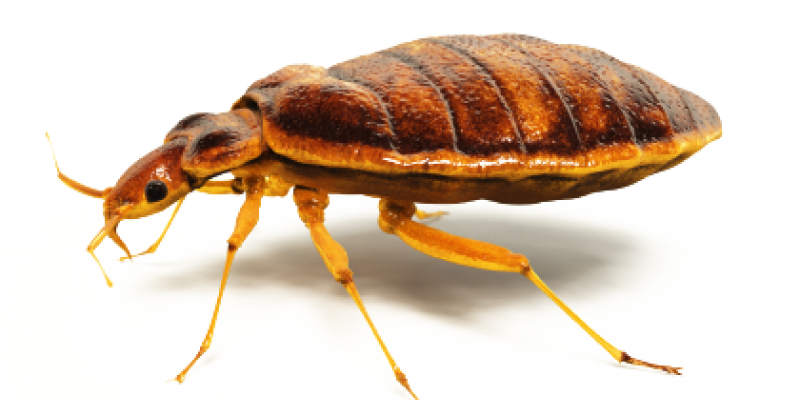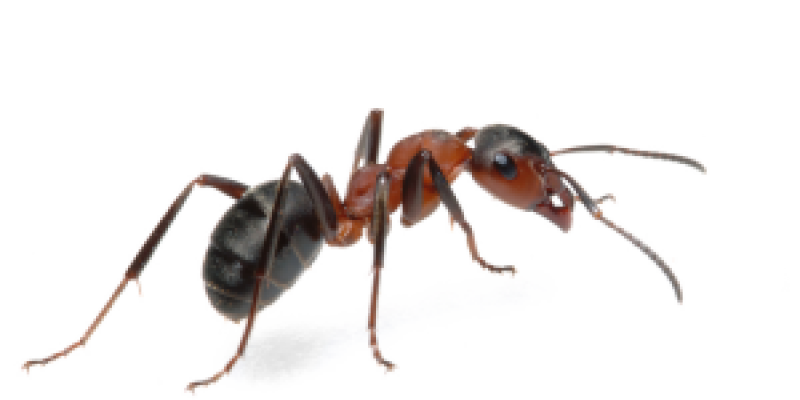Wood Destroying Organisms
Each year Wood Destroying Organisms (WDO) cause billions of dollars in damage to American homes and commercial structures. These WDOs include Subterranean Termites, Wood Boring Beetles, Carpenter Ants, Carpenter Bees and Wood Decay Fungi.
Here in Virginia and the Metro DC area these destructive pests are of prime concern. While these pests can be terribly destructive, due to their crypto-biotic and secretive nature, their activity often goes undetected before significant damage results.
Do you have wood destroying organisms active in your home and causing unseen damage?
This is an important question to consider and should be taken seriously. Left undiscovered and unchecked, these pests are capable of creating damage which is costly to repair and may cause damage for which the repair costs exceed the value of the home if allowed to remain active for years.
Below are some characteristic telltale signs of WDO activity that you can look for yourself:
Subterranean Termites: As the name suggests, these insects live in the soil. They tunnel up from soil beneath or around your home through structural flaws such as cracks in the foundation, behind siding, plumbing & utility penetrations and up the interior and exterior walls of the foundation. Subterranean termites construct mud or soil shelter tubes to protect them from the outside environment and predators as they travel. These shelter tubes may be about the size of a pencil but in some cases can grow to amazing size. Shelter tubes are a telltale sign which may be found on foundation walls, structural wood framing, drywall and other areas where termites are active.
It is the worker termites which do all the damage. These termites have been described as white ants by some people. Worker termites are creamy white in color, wingless and vary in size from about 1/8 th up to about 1/4 th of an inch in length. They have a soft body and are susceptible to desiccation which is why they need to be in shelter tubes and protected environs. Worker termites are not usually seen by homeowners since they basically spend their entire life within the hidden galleries excavated in the wood they feed upon, shelter tubes and an elaborate matrix of underground tunnels in which they travel. Termites feed on the cellulose found in wood and plant materials. In nature they serve to recycle fallen limbs, branches and roots of trees and plants. They become problematic when they invade structures and feed upon the structural framing lumber and other cellulosic containing materials within a home or building.
A thorough inspection conducted by a competent and experienced termite professional is best to discover termite activity before significant damage occurs. Such inspections should be performed on an annual basis since termites may enter a structure undiscovered in hidden areas.
Carpenter Ants: The carpenter ants found in the Metro DC area are usually the Camponotus pennsylvanicus species. They vary in size from less than ¼ up to about ¾ of an inch. They are usually large, shiny black ants. Their bodies are relatively robust, hard, with elbowed antennae and a narrow pinched in waist. Carpenter ants do not eat wood but hollow out galleries or tunnels in which they travel and nest within the wood. They are typically attracted to moist or rotting wood, but may also attack sound timbers. Saw dust like frass may be found accumulated beneath activity areas of carpenter ants.
Carpenter Bees : Most species of carpenter bees are all-black, or primarily black with some yellow or white. Non-professionals commonly confuse carpenter bees with bumblebees. The simplest rule of thumb for telling them apart is that most carpenter bees have a shiny abdomen which is sparsely haired whereas a bumble bee has more hair.
Carpenter Bees bore into wood, creating a round entrance hole about a half inch in diameter. Their tunnel then turns at a right angle which is parallel to the wood surface. Eggs are deposited within and these tunnels are provisioned by the adult with food resources for the developing larvae. The holes appear as if they were drilled into the wood with a drill. Saw dust, or frass, may be found below entrance hole. Sometimes woodpeckers will attack wood to expose the gallery and feed upon the developing larvae and eggs within.
Powder Post Beetles: Powder post beetles are among the most commonly encountered wood boring beetles in this area. They are relatively small beetles and vary in color from reddish brown to black. They are not often seen by homeowners and are about ¼ of an inch or less in length. Their tiny size and elongated cylinder shape make these bugs easy to recognize.
They are attracted to moist wood and are typically found in crawl spaces or attic timbers. Their larva causes the damage as they feed on the timber converting the wood to talc like powder from which their name is derived.
Wood Decay Fungi: Wood Decay Fungi are a group of fungal species which feed upon wood. The spores of these fungi are like tiny, microscopic seeds and are omnipresent. They germinate and grow when moisture content within wood is elevated to about 28%. The fungus can then thrive and feed upon the wood causing extensive damage to structural lumber where moisture and fungal growth is present. The primary cause of fungal damage is the presence of high moisture and failure to detect and suitably correct such conducive conditions. Usually these conditions are found in basements, crawl spaces and attics where there may be soil borne moisture and/or leaks which provide the moisture resource necessary for fungal growth and development.
Think Wood-Destroying Organisms May Be Active In Your Home? Call Us!
Have you seen any of the insects and/or damage described above? If so, call 247 Local Pest Control at (833) 220-1001 to schedule a professional inspection of your home. If visible evidence of active infestation or damage is found, we will provide recommendations for the corrective measures needed!
